
8 Days

Russia

Moderate to Hard

5,642 m

AUD 3,599
Conquer Mount Elbrus – The Crown of Europe
Embark on the ultimate adventure to Mount Elbrus (5,642m) – the highest peak in Europe and one
of the legendary Seven Summits. Nestled in the heart of the Caucasus Mountains, this iconic giant
calls to mountaineers and thrill-seekers alike, promising an unforgettable challenge across its vast
glaciers, icy slopes, and breathtaking ridgelines.
An Epic Ascent
Our carefully crafted 6 to 8-day expedition follows the southern route, known for its gradual ascent,
allowing for better acclimatization. The journey begins at Base Camp (2,500m), where climbers
undergo a series of acclimatization hikes, steadily pushing towards high-altitude camps before
tackling the summit push. With each step, you will test your endurance and technical skills, using
crampons, ice axes, and ropes to navigate through the glacial terrain.
The Summit Experience
Reaching the summit of Elbrus is an awe-inspiring moment—standing above the clouds, you will
witness panoramic views of the wild and rugged Caucasus Range stretching as far as the eye can see.
The sense of achievement is indescribable, as you conquer not just a mountain, but one of the
world's most iconic peaks.
More Than Just a Climb
Beyond the climb itself, this expedition offers an incredible cultural immersion into the traditions of
the Balkars, Karachays, and Circassians, the proud indigenous communities of the region. Experience
their legendary hospitality, rich folklore, and delicious mountain cuisine, making your journey even
more rewarding.
When to Go & What to Expect
The best season for climbing Mount Elbrus is from June to September, when the weather is most
stable. However, Elbrus is notorious for its sudden storms, freezing winds, and unpredictable
conditions, making proper preparation and expert guidance essential for success.
Why Choose This Expedition?
✔ Expert Guides – Led by seasoned professionals with extensive high-altitude experience.
✔ Strategic Acclimatization – A well-planned itinerary to maximize summit success.
✔ Technical Training & Support – Assistance with essential mountaineering techniques.
✔ Immersive Cultural Experience – Engage with the local communities and their way of life.
✔ An Unforgettable Achievement – Claim your place among the elite climbers who have conquered
Europe’s highest peak.
Are you ready to take on the challenge?
Join us on this extraordinary expedition and stand atop the Roof of Europe—where adventure
meets the limits of human endurance!
Welcome to Russia! Upon arrival at Mineralnye Vody Airport, our adventure begins with a scenic 4.5hour drive to a charming mountain hotel nestled at the foothills of Mount Elbrus (2,100m). Settle in, soak up the mountain air, and enjoy a relaxing evening before the climb ahead.
After a hearty breakfast, our team leader will conduct a thorough gear check, ensuring everyone is well-equipped. Rental arrangements will be made if needed. Then, we set off on an acclimatization hike to either Cheget-3 (3,000m) or Terskol Peak (3,150m), depending on group fitness and weather conditions. This hike helps your body adjust to the altitude while offering breathtaking views of the Caucasus Mountains.
Today, we move up to the mountain refuge at 3,800m. Unnecessary luggage can be left at the hotel as we take ski-lifts up, minimizing physical strain. A short walk brings us to our hut, where a hot lunch prepared by our cook awaits. Post-lunch, we gear up for an acclimatization hike to 4,300m, testing our endurance while enjoying panoramic glacier views. Overnight at the refuge.
Another crucial acclimatization day as we hike up to Pastukhov Rocks (4,800m/15,748 ft). This challenging trek helps prepare for summit night by familiarizing climbers with higher altitudes and boosting stamina. Return to the refuge for rest and recovery.
Today is all about technical training! Our expert guides will conduct a snow and ice skills session, teaching essential techniques like crampon use, ice axe handling, and self-arrest maneuvers. You’ll also practice glissading (controlled sliding) and securing yourself on steep terrain. Perfect for both beginners and experienced climbers! Overnight at the refuge.
The moment you have been preparing for! We begin our ascent around 3am, navigating glaciers and ridges toward Elbrus’ West Summit (5,642m). Expect a challenging yet rewarding climb, with 9 hours to the top and 5 hours back down. If conditions allow and the group descends before 3pm, an optional descent to the valley can be arranged (hotel cost extra). Otherwise, overnight at the refuge.
A backup day in case of bad weather on summit day. If used for the climb, we must descend to the valley the same evening, as ski-lifts stop operating at 4pm. Summit certificates will be awarded, celebrating your incredible achievement! Overnight at the hotel.
After breakfast, we transfer back to Mineralnye Vody Airport for flights home, carrying memories of an extraordinary expedition and the pride of summiting Mount Elbrus.
Arrival & Journey to the Foothills
Welcome to Russia! Upon arrival at Mineralnye Vody Airport, our adventure begins with a scenic 4.5hour drive to a charming mountain hotel nestled at the foothills of Mount Elbrus (2,100m). Settle in, soak up the mountain air, and enjoy a relaxing evening before the climb ahead.
Gear Check & Acclimatization Hike
After a hearty breakfast, our team leader will conduct a thorough gear check, ensuring everyone is well-equipped. Rental arrangements will be made if needed. Then, we set off on an acclimatization hike to either Cheget-3 (3,000m) or Terskol Peak (3,150m), depending on group fitness and weather conditions. This hike helps your body adjust to the altitude while offering breathtaking views of the Caucasus Mountains.
Ascent to Mountain Refuge (3,800m) & Acclimatization Hike
Today, we move up to the mountain refuge at 3,800m. Unnecessary luggage can be left at the hotel as we take ski-lifts up, minimizing physical strain. A short walk brings us to our hut, where a hot lunch prepared by our cook awaits. Post-lunch, we gear up for an acclimatization hike to 4,300m, testing our endurance while enjoying panoramic glacier views. Overnight at the refuge.
Acclimatization to Pastukhov Rocks (4,800m)
Another crucial acclimatization day as we hike up to Pastukhov Rocks (4,800m/15,748 ft). This challenging trek helps prepare for summit night by familiarizing climbers with higher altitudes and boosting stamina. Return to the refuge for rest and recovery.
Ice & Snow Training
Today is all about technical training! Our expert guides will conduct a snow and ice skills session, teaching essential techniques like crampon use, ice axe handling, and self-arrest maneuvers. You’ll also practice glissading (controlled sliding) and securing yourself on steep terrain. Perfect for both beginners and experienced climbers! Overnight at the refuge.
Summit Day – Conquer Europe’s Highest Peak!
The moment you have been preparing for! We begin our ascent around 3am, navigating glaciers and ridges toward Elbrus’ West Summit (5,642m). Expect a challenging yet rewarding climb, with 9 hours to the top and 5 hours back down. If conditions allow and the group descends before 3pm, an optional descent to the valley can be arranged (hotel cost extra). Otherwise, overnight at the refuge.
Reserve Day & Return to the Valley
A backup day in case of bad weather on summit day. If used for the climb, we must descend to the valley the same evening, as ski-lifts stop operating at 4pm. Summit certificates will be awarded, celebrating your incredible achievement! Overnight at the hotel.
Departure
After breakfast, we transfer back to Mineralnye Vody Airport for flights home, carrying memories of an extraordinary expedition and the pride of summiting Mount Elbrus.
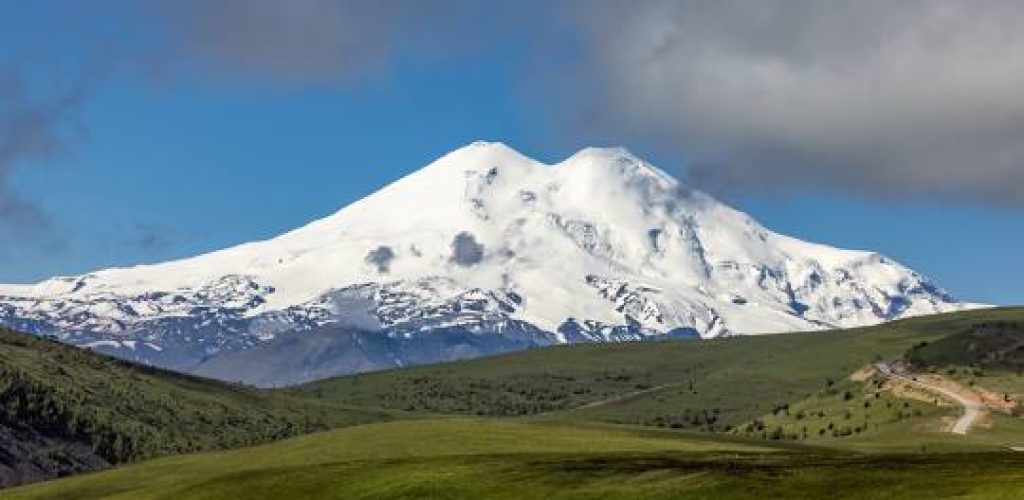
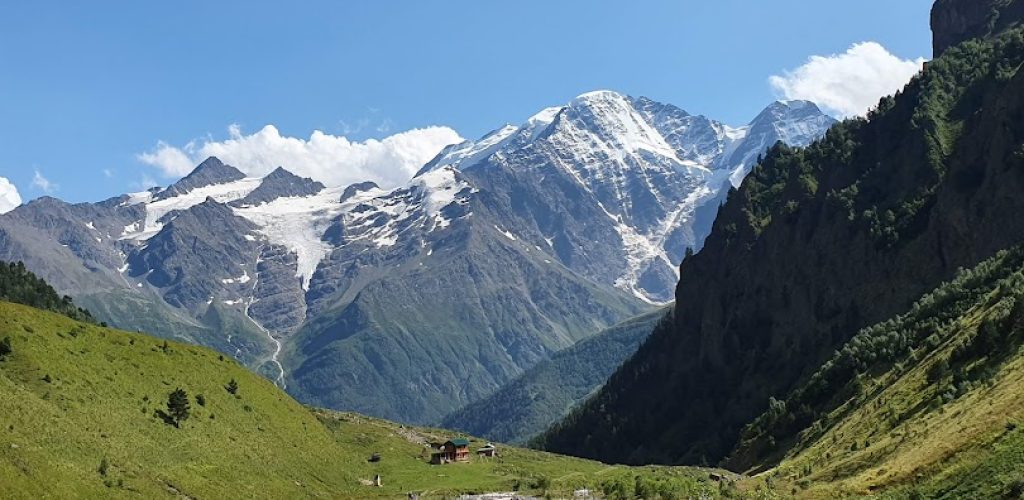
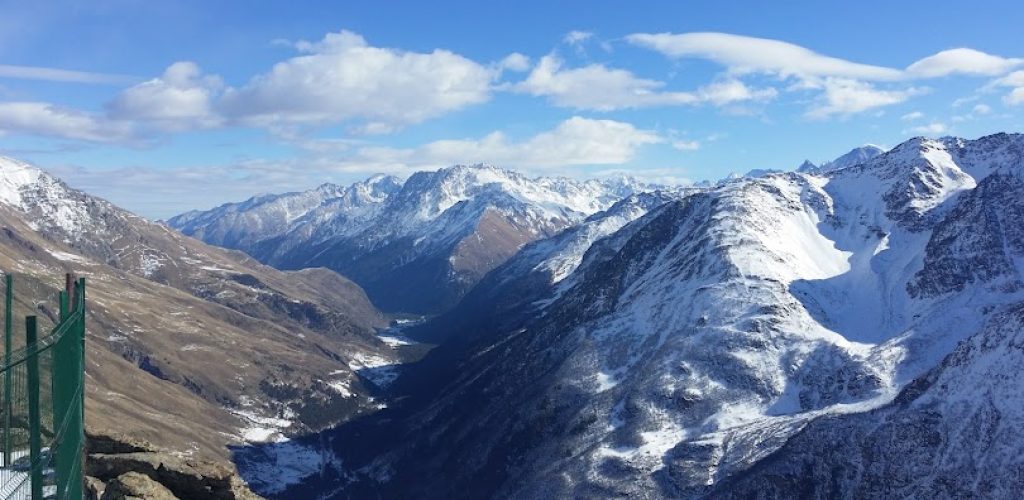
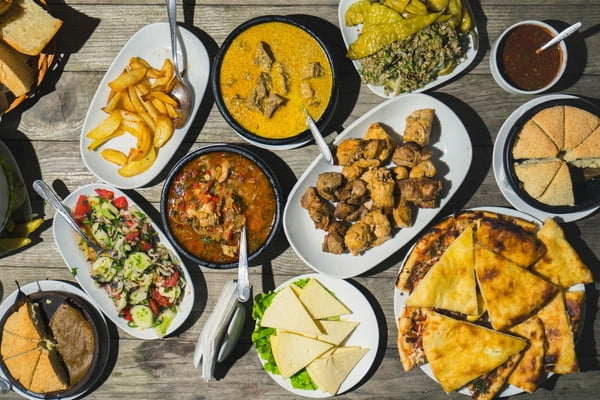
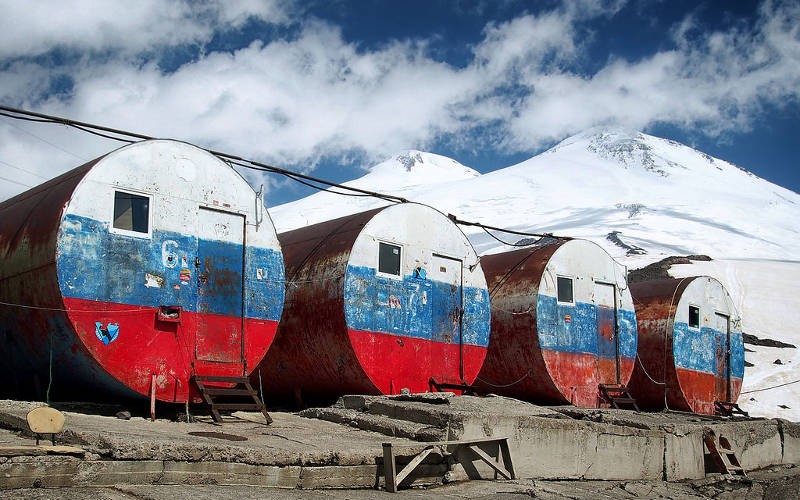

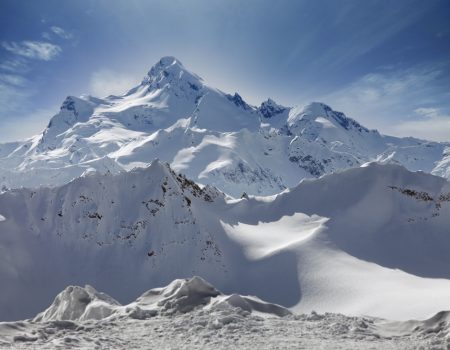
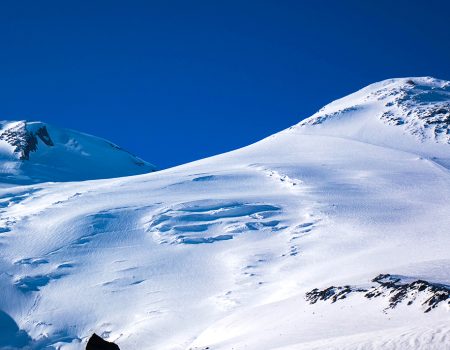
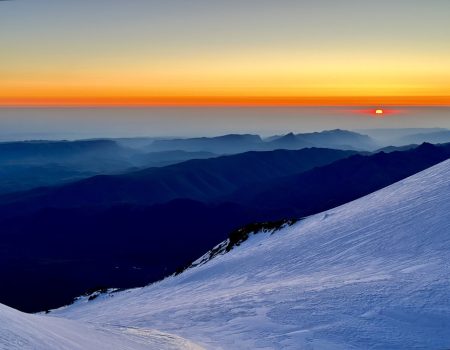
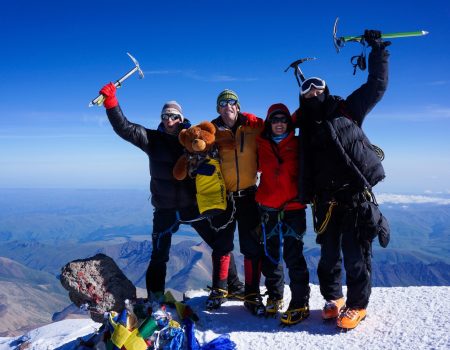
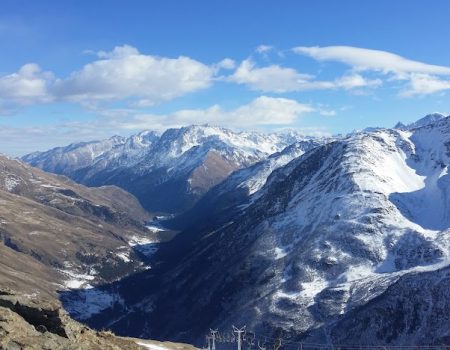
For additional advice and coordination, join our WhatsApp group, where we will provide support throughout your preparation!

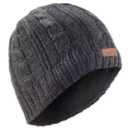



For additional advice and coordination, join our WhatsApp group, where we will provide support throughout your preparation!
At Adventure Central, the safety and well-being of our trekkers is our utmost priority, especially for challenging adventures like the Everest Base Camp Trek. We have implemented comprehensive safety measures to ensure a secure and enjoyable experience for all participants:
By implementing these safety measures, Adventure Central is committed to providing a safe, responsible, and unforgettable trekking experience to this trek.
Discover similar treks from Boots & Crampons that quench your thirst for adventure.
We understand your pain when you have to cancel a trip for unforeseen reasons. To address this, while considering our advance arrangements, we’ve set up fair and reasonable cancellation guidelines. If you inform us about it:
A) More than 30 Days Prior to Start:
-Option for a 100% credit towards a future expedition.
-Alternatively, a 90% refund is available.
B) Between 30 to 10 Days Prior to Start:
-Eligible for a 50% refund of the total cost.
-Option to carry forward 75% of the payment towards a future expedition.
C) Less than 10 Days Prior to Start:
-A 10% refund is available under this notice period.
-Alternatively, 25% of the payment can be applied to a future expedition.
Yes, prior experience in high-altitude trekking or climbing, particularly on peaks over 5000 meters, is strongly recommended. This experience helps climbers acclimate to altitude and understand the physical and technical demands of the expedition.
Personal gear, including climbing equipment, proper clothing, and a sleeping bag, must be brought by climbers. We take care of all the other arrangements and common/camping equipment.
Climbing & Trekking Equipment like poles and gloves can be rented, but personal gear like jacket and boots are recommended for comfort and fit.
Appropriate clothing includes a base layer for moisture management, an insulation layer for warmth, and a waterproof and windproof outer layer. Additional accessories like gloves, hats, and thermal socks are essential for protection against the cold. Check out the “things to pack” section above for a complete list.
Accommodations include hotel in Kathmandu, teahouses during the trek through villages like Namche Bazaar, and camping in tents during the climb from the base camp.
Meals are included in the package and are served at teahouses or camps. The food ranges from local Nepalese dishes to more familiar Western-style meals, catering to various dietary preferences.
Clean drinking water is usually available throughout the trek. It’s often provided by the lodges or can be obtained from natural sources and treated with purification tablets or boiling.
Basic facilities are available at campsites, including dry pit toilets or portable toilets, depending on the location.
Mobile network and internet access are limited or non-existent in the region, with emergency communication usually via satellite phone.
Charging facilities are limited on the trek, so it’s advisable to bring extra batteries or portable solar chargers.
A high level of physical fitness is recommended. Participants should be able to hike for several hours a day in steep, high-altitude terrain. Pre-trip fitness training is advised to enhance endurance and strength.
It is highly recommended that climber come with a comprehensive travel insurance that covers high-altitude trekking, medical expenses, and emergency evacuation. It’s important to ensure that the policy covers the specific altitude of Ama Dablam.
The itinerary typically includes acclimatization days to adapt to higher altitudes. Guides are trained to recognize and manage altitude sickness symptoms, and descent is the immediate course of action if symptoms become severe.
Basic medical facilities and support are available at various points along the route. Guides often carry first aid kits, and larger groups may have a designated medical professional.
Expeditions are equipped with emergency evacuation plans, which may involve descent to a lower altitude, helicopter evacuation, or transport to a medical facility, depending on the severity and nature of the emergency.
Safety measures include experienced guides, use of proper equipment, adherence to established routes, and regular weather and condition assessments. Risk management protocols are strictly followed to ensure climber safety.
Climbers should be proficient in basic mountaineering skills, such as using crampons and ropes, navigating crevasses, and understanding glacier travel. These skills are crucial for safe climbing and dealing with the technical sections of the ascent.
Yes, qualified and experienced guides and instructors accompany climbers. They provide assistance with technical skills, route finding, and safety management, ensuring climbers are well-supported throughout the expedition.
During climbing seasons (spring and autumn), the weather is generally stable with less precipitation and clearer skies. However, weather in the Himalayas can be unpredictable, and climbers should be prepared for sudden changes.
Bathing is generally not recommended during the trek.
Weather plays a critical role in climbing conditions. Good weather can mean safer and more enjoyable climbs, while bad weather can lead to hazardous conditions, route changes, or delays.
We have a buffer day in our itinerary to accommodate bad weather or other unforeseen conditions. It is used to ensure the safety and success of the summit attempt.
If a climber cannot continue, the standard procedure involves safely descending with the assistance of guides. The well-being of the individual is prioritized, and decisions are made based on the severity of their condition.
We understand your pain when you have to cancel a trip for unforeseen reasons. To address this, while considering our advance arrangements, we’ve set up fair and reasonable cancellation guidelines. If you inform us about it:
-Option for a 100% credit towards a future expedition.
-Alternatively, a 90% refund is available.
-Eligible for a 50% refund of the total cost.
-Option to carry forward 75% of the payment towards a future expedition.
-A 10% refund is available under this notice period.
-Alternatively, 25% of the payment can be applied to a future expedition.
Fill your full details in the form below. We will get back to you as soon as possible.